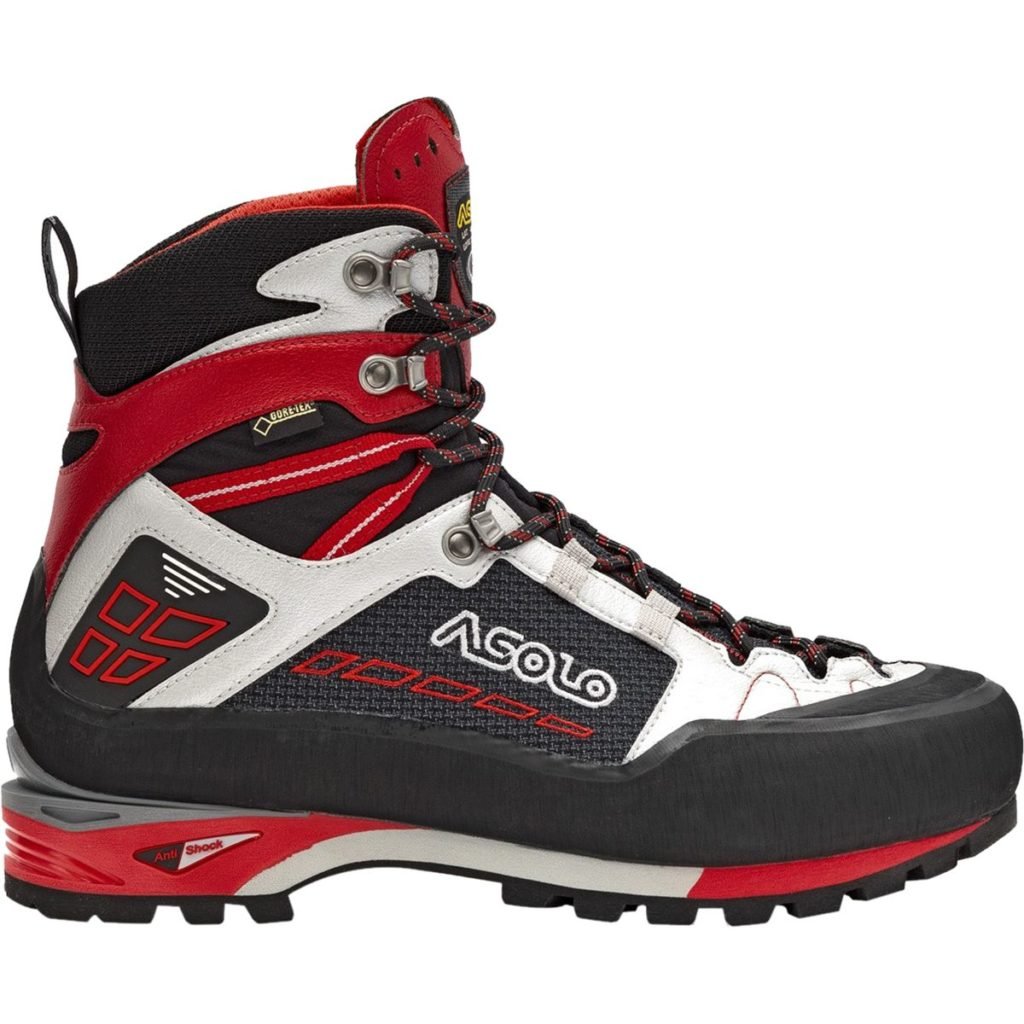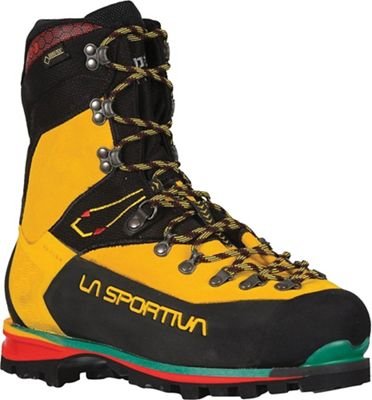Mountaineering is one of the most exciting and challenging outdoor activities you can do.
It involves climbing mountains, often using specialized equipment and techniques, and facing harsh weather and terrain conditions.
Whether you are a beginner or an expert, mountaineering can offer you amazing views, unforgettable experiences, and a sense of accomplishment.
However, mountaineering is not without risks and dangers. Every year, many mountaineers get injured or die due to
- accidents,
- avalanches,
- falls,
- frostbite,
- hypothermia,
- altitude
- sickness, and
- other hazards.
In this article, we will share with you some of the most important things to avoid in mountaineering and how to prepare yourself for a successful and safe adventure.
We will also give you some tips on how to choose the best men’s mountaineering boots for your needs.
What to Avoid in Mountaineering?
Here are some of the most common mistakes that mountaineers make and how to avoid them:
Not having enough training and experience
Mountaineering is not something you can just jump into without proper preparation.
You need to have a solid foundation of physical fitness, technical skills, mental toughness, and knowledge of the mountain environment.
You should start with easier and lower peaks and gradually progress to more difficult and higher ones.
You should also take courses or hire guides to learn the essential skills and techniques of mountaineering, such as navigation, rope work, crampon use, ice axe use, self-arrest, crevasse rescue, avalanche awareness, etc.
Not planning ahead
Before you go on a mountaineering trip, you need to do your homework.
You need to research the mountain you want to climb, its routes, conditions, weather, history, regulations, etc.
You need to make a detailed itinerary and contingency plan for your trip.
You need to check the weather forecast and avalanche bulletin regularly and adjust your plan accordingly.
You need to pack the right gear and clothing for your trip. You need to inform someone of your plan and expected return time.
You need to register at the trailhead or ranger station if required.

Not having the right gear and clothing
Mountaineering requires specialized equipment and clothing that can withstand the harsh conditions of high altitude and cold weather.
You need to have a sturdy backpack that can fit all your essentials and distribute the weight evenly.
You need to have a warm and comfortable sleeping bag and pad that can handle low temperatures.
You need to have a reliable stove and fuel that can work at high altitudes. You need to have a durable tent that can resist strong winds and snow.
You need to have a helmet that can protect your head from falling rocks and ice.
You need to have goggles or sunglasses that can shield your eyes from glare and UV rays.
You need to have gloves that can keep your hands warm and dry while allowing dexterity.
You need to have layers of clothing that can regulate your body temperature and moisture while providing insulation and protection.
How to Choose the Best Mens Mountaineering Boots?
There are many factors to consider when choosing men’s mountaineering boots, such as:
Fit
Your boots should fit snugly but not too tightly around your feet. They should have enough room for your toes to wiggle but not slide forward or sideways.
They should have enough heel hold but not cause blisters or hot spots. They should be compatible with your socks and insoles.
They should be comfortable both on flat ground and on steep terrain.
Weight
Your boots should be as light as possible without compromising on durability or performance.
Lighter boots will reduce fatigue and increase agility on long climbs. However, lighter boots may also be less warm or supportive than heavier ones.
Warmth
Your boots should be warm enough for the temperatures you expect to encounter on your climb.
They should have adequate insulation or lining that can trap heat and prevent heat loss.
They should also be breathable enough to prevent moisture buildup that can lead to frostbite or infection.
Waterproofness
Your boots should be waterproof or water-resistant enough to keep your feet dry from snow, ice, rain, or puddles.
They should have a waterproof membrane or coating that can repel water while allowing vapor to escape.
They should also have a gusseted tongue or gaiter that can prevent water from entering through the laces or the top of the boot.
Stiffness
Your boots should be stiff enough to provide support and stability on uneven or slippery surfaces.
They should have a rigid or semi-rigid sole that can resist bending or twisting. They should also have a shank or insole that can reinforce the arch and heel of the foot.
Stiffer boots are better for technical climbing, crampon use, and front-pointing, while softer boots are better for hiking, scrambling, and walking.
Traction
Your boots should have enough traction to grip the ground and prevent slipping or sliding.
They should have a rubber or synthetic outsole that can withstand abrasion and wear.
They should also have a lug or tread pattern that can dig into the soil, rock, snow, or ice.
Some boots may also have a toe or heel welt that can attach to crampons for extra traction on ice or steep slopes.










